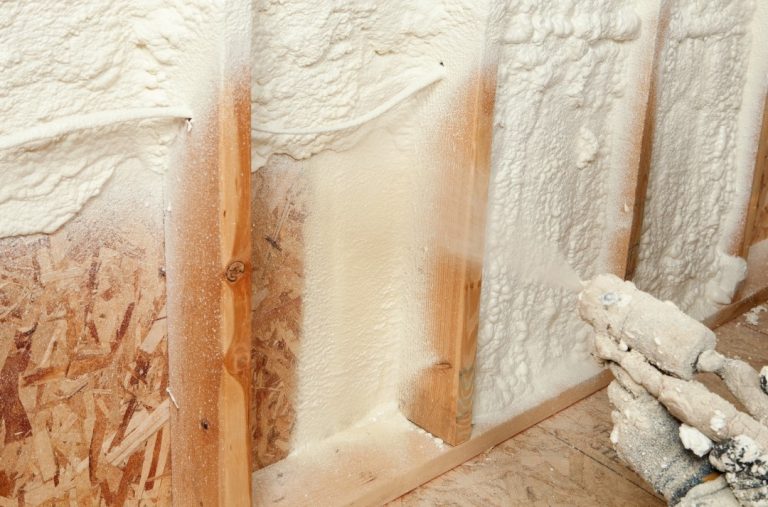Upgrading your home insulation can lower your energy bills and make your house more comfortable year-round. It also cuts down on heat loss, which helps reduce your carbon footprint. If you’re thinking about making changes, here’s what to know about materials, cost, and effectiveness.
Start with an energy audit if you can. It shows where your home loses the most heat—often in the attic, walls, and basement. These are the areas worth insulating first.
Materials to consider:
- Fibreglass batts: Easy to install, low cost, and good for attics and open walls. Not great for tight spaces.
- Spray foam: Seals gaps well, provides high insulation value. Costs more, but effective in hard-to-reach spots.
- Cellulose: Made from recycled paper, blown into walls and attics. A solid option if you want something more environmentally friendly.
- Mineral wool: Fire-resistant and soundproof. More expensive than fibreglass but performs well.
Costs vary depending on the area and method. Fibreglass is cheapest, averaging $1–$2 per square foot. Spray foam can run $3–$7 per square foot. Cellulose and mineral wool sit somewhere in the middle. Labour adds to the cost, unless you’re doing it yourself.
Think long-term. Better insulation means you use less energy to heat and cool your home. That can add up to real savings over time.
If you want to make an eco-friendlier choice, go with materials that are recycled or made without harsh chemicals. Some insulation products use natural fibres or repurposed content. They do the job without adding to landfill or off-gassing into your home.
You might also qualify for rebates or tax credits, depending on where you live. These programs can help cover part of the cost. Upgrading your home insulation isn’t exciting, but it’s a smart move. It lowers your energy use and makes your home easier to heat and cool.


